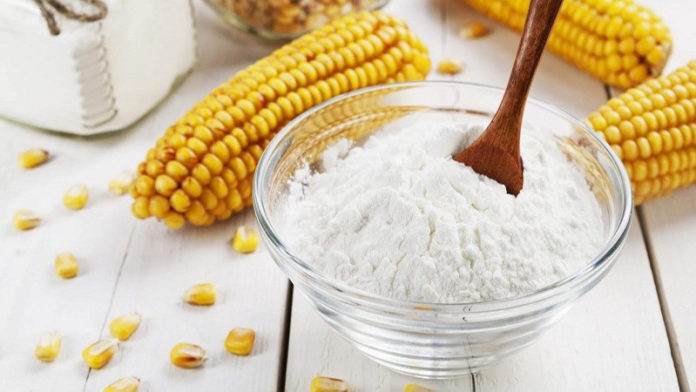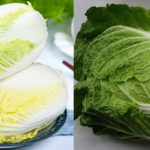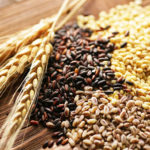Cornstarch and corn flour: What’s the difference? Cornstarch has a variety of uses, from cooking to cosmetics. But what exactly is it, and how is it different from corn flour? Let’s explore the world of corn-derived products and discover the unique qualities of each.
1 What is Cornstarch?
Cornstarch, also known as corn flour, is a type of flour produced from corn kernels. It is commonly used as a thickening agent in various dishes. Cornstarch is typically mixed with water and added towards the end of the cooking process. When used in baking, it is often combined with dry ingredients.
 General information about cornstarch
General information about cornstarch
Interestingly, cornstarch does not thicken when combined with highly acidic ingredients such as lemon juice, vinegar, or wine. Therefore, it is important to avoid using cornstarch in dishes containing these ingredients.
2 What is Corn Flour?
Corn flour is a fine powder derived from the endosperm of corn kernels through a process of soaking, grinding, separating, and drying. It is commonly used in cooking and baking as a thickening agent, stabilizer, or emulsifier in the food and pharmaceutical industries.
 General information about corn flour
General information about corn flour
3 Are Cornstarch and Corn Flour the Same?
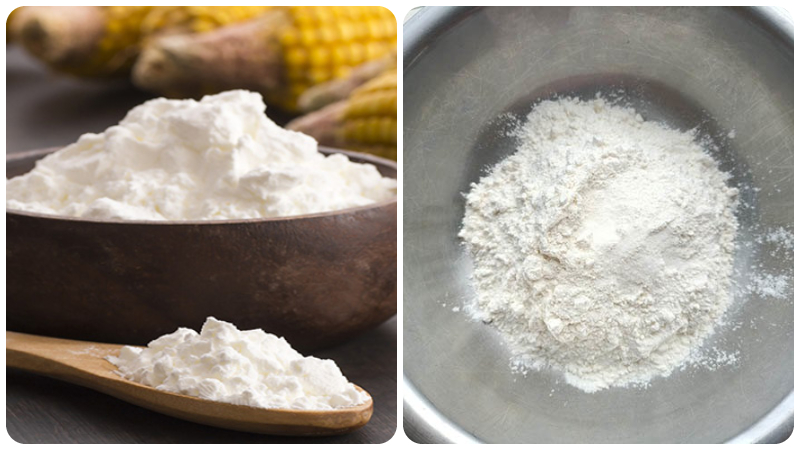 Cornstarch vs. Corn Flour
Cornstarch vs. Corn Flour
Cornstarch and corn flour are two distinct types of flour with different properties and uses. Cornstarch is derived from the endosperm of corn kernels, while corn flour is made from the entire corn kernel, including the germ and endosperm.
Corn flour has a higher thickening power compared to cornstarch, making it ideal for traditional dishes like dumplings, cakes, and desserts. It is also commonly used in soups and as a coating for fried foods.
4 Nutritional Value and Benefits of Cornstarch and Corn Flour
Cornstarch and corn flour offer several nutritional benefits:
Source of Fiber
Both cornstarch and corn flour contain significant amounts of fiber and protein, making them valuable for those following a vegetarian or vegan diet.
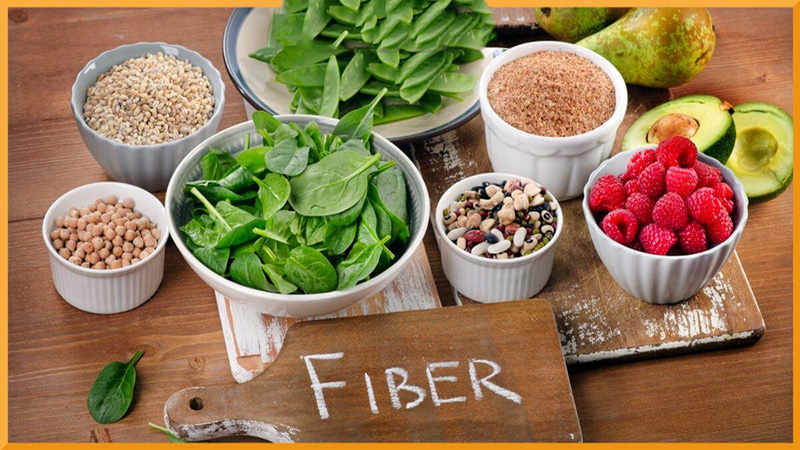 Source of Fiber
Source of Fiber
Boosts Immune System
Corn flour is particularly rich in vitamin B, which plays a crucial role in boosting the immune system, preventing anemia, and reducing the risk of cancer.

Protects Skin
Corn flour contains zeaxanthin, a powerful antioxidant that safeguards the skin from damage caused by free radicals and helps prevent age spots and pigmentation.
 Protects Skin
Protects Skin
Provides Vitamin B
The high vitamin B content in corn flour helps regulate metabolism and prevent neural tube defects. It may also help reduce the risk of insomnia and depression.
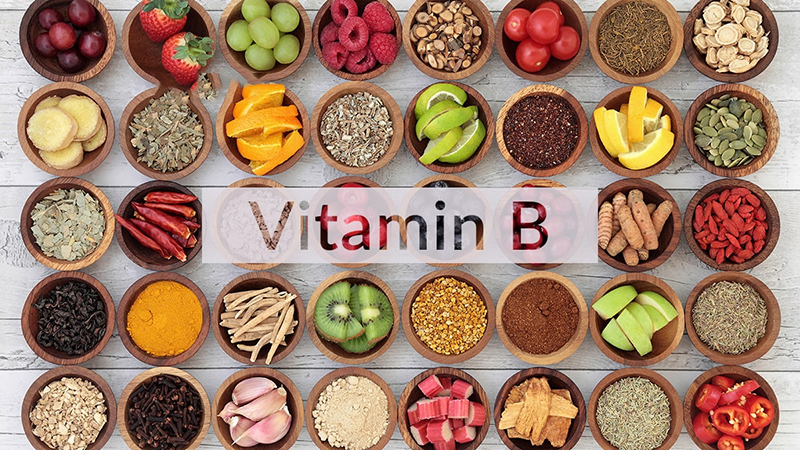 Provides Vitamin B
Provides Vitamin B
Corn Flour in Cooking
In addition to its health benefits, corn flour is an excellent thickening agent and provides a delicate texture to baked goods. It is commonly used in soups, sauces, and desserts. Corn flour is also used in grilled dishes, snacks, and the production of bread, cakes, and pastries.
With so many uses, you might be curious about the nutritional content of corn flour. Let’s take a closer look at its composition in the following section.
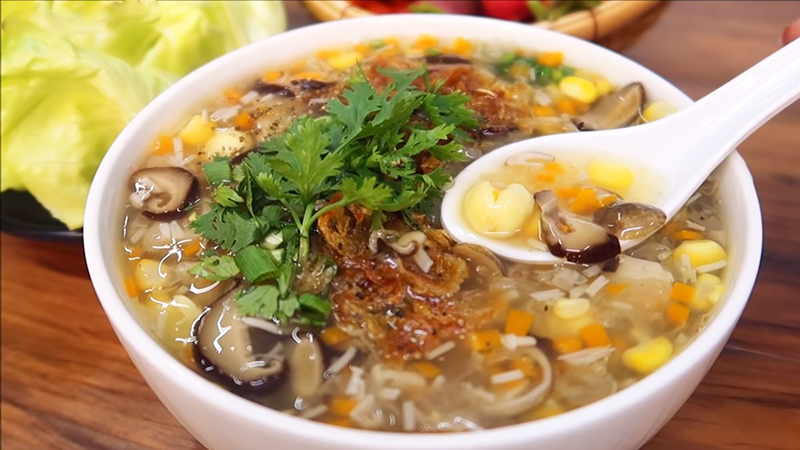 Corn Flour in Cooking
Corn Flour in Cooking
A 130-gram serving of corn flour typically contains:
-
490 calories
-
120 grams of carbohydrates
-
1 gram of fiber
-
0.5 grams of protein
-
7% of the RDI of iron
-
3% of the RDI of calcium
5 Differences Between Cornstarch and Corn Flour
While both products are derived from corn, there are some key differences between cornstarch and corn flour:
Cornstarch is made from the endosperm of corn kernels and has a more neutral flavor compared to corn flour. It is often used in combination with wheat flour in baked goods to enhance texture and add nutritional value.
 Differences in Usage
Differences in Usage
Corn flour, on the other hand, is made from the entire corn kernel, giving it a sweeter and more distinct corn flavor. It is also finer in texture than cornstarch, making it a preferred choice for thickening soups, sauces, and desserts. Corn flour can even be used as a coating for fried foods, providing a crispy texture.
6 Where to Buy Cornstarch and Corn Flour, and Price Range
Cornstarch and corn flour are readily available at local markets, supermarkets, and grocery stores. For added convenience, you can also purchase them from reputable online retailers.
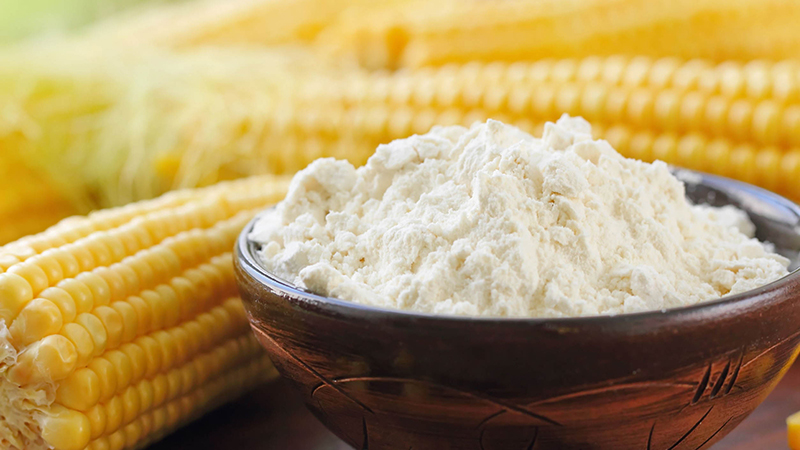 Where to Buy and Price Range
Where to Buy and Price Range
The price of cornstarch and corn flour can vary depending on the brand and quantity. However, they are generally affordable and accessible, with prices typically ranging from 120,000 to 160,000 VND per kilogram.
We hope this article has provided you with valuable insights into cornstarch and corn flour. If you found this information useful, feel free to explore more of our content on related topics!

























